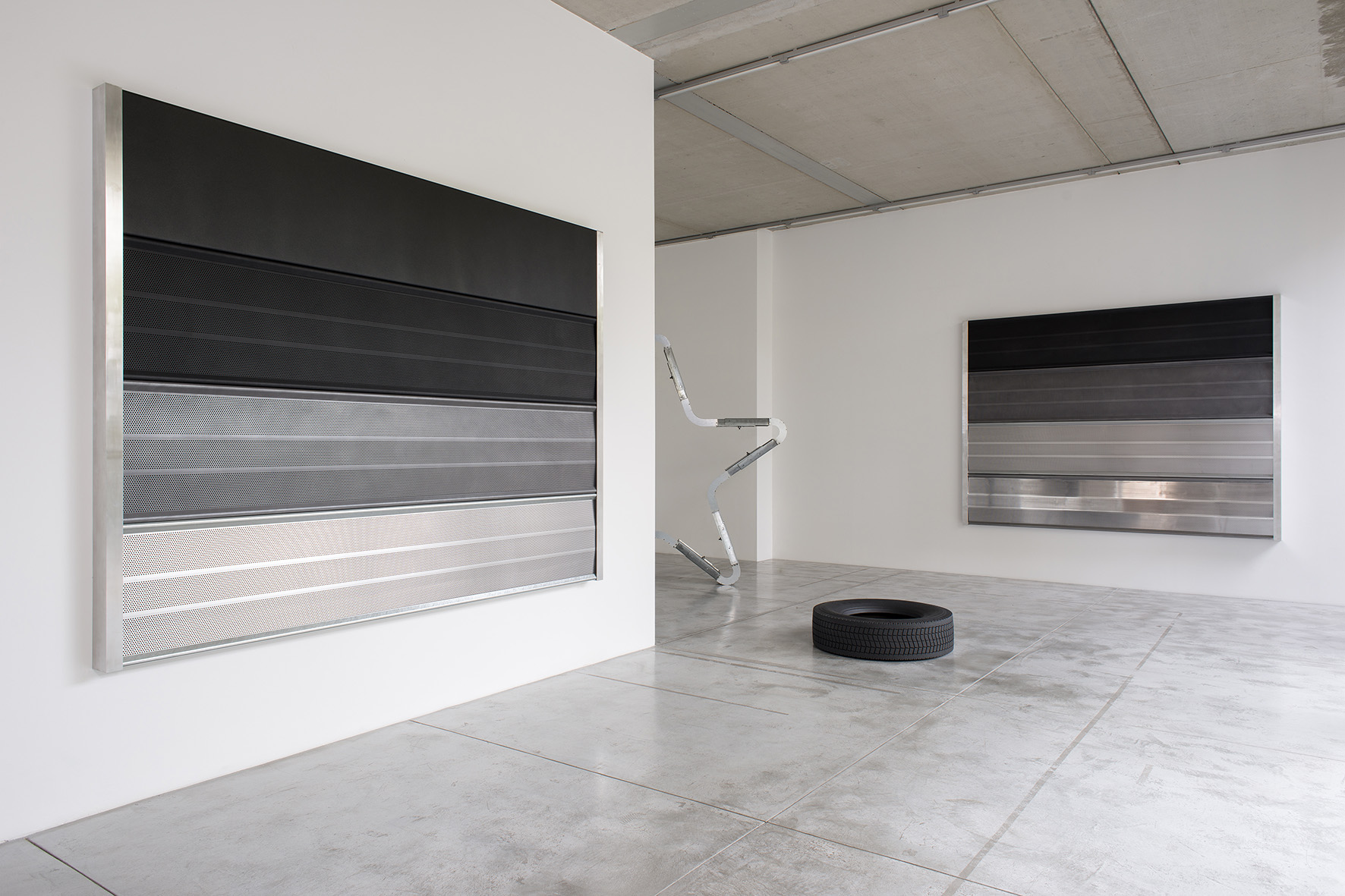Xavier Mary
The work of Brussels-based artist Xavier Mary demonstrates a hybrid formal language, all while retaining a clear-cut sculptural aesthetic. The tonality of his pieces seems to be adrift somewhere between the ancient, the brand newand yet-to-come. Past, present and future are entangled in non-linear ways that are rather exemplary of the contemporary artistic climate.
Let’s admit it. Our adieu to modernism has been an impossible farewell, somewhat comparable to a stretched attempt at breaking up with your beloved one while still sharing the same bed. Even after the self-proclaimed end of Western history (the end of art, the end of styles, and so on), the spectre of the past still keeps on haunting our present moment. And we can’t get rid of it.The Party is over, the afterparty was a bit lame, so now what?
Art has moved on from the historical avant-garde to the historicised avant-garde, with a postmodern interval full of pastiches and ironic winks. The artist is now left with the sandbox of art history, an unstable territory to play in or travel through.The great compass may begone, but we still keep on travelling, in a retrofuturistic way, back to the future.
This ‘modernism 2.0.’ or ‘modernism reloaded’, which goes by many other names (‘altermodernism’, ‘metamodernism’, etc.), is what we find crystallised in the work of Xavier Mary. Mary’s position as an artist is one of constant negotiation between different regimes, connecting tradition and avant-garde, sincerity and irony, past and future, actual and virtual.Not only do we find this exemplified in his monumental sculptures and installations, but also in otherartistic gestures, playing around with his own signature and initials.
So perhaps the machine aesthetic, once declared dead, isn’t so rusty after all. Its second life is getting shape through a new kind of objectivism, arising from the ashes of its predecessor like a phoenix. After decades of rapid technological development and transhumanist ideologies, we are still left with material, tangibleobjects surrounding us. They are not so much emblems of nostalgia or melancholy, asthe sites of resistance and sovereignty. Everyday objects are the reminders of a primary scene in modern art; that of the ready-made, the trouvaille.
From hauntology to ontology; only a small step, amere slip of the tongue. We suddenly turnto the transcendence of the object, its autonomous existence as a thing, insteadofbeing justa tool, instrumentor device. The object is folded back on itself, as a kind of short-circuit. It suddenly falls out of place, it is there where it is not. Precisely what Xavier Mary does by transforming highway guardrails into entangled rings, or turning road lights into Frank Stella-like canvases and Platonic solids, shifting the attention to the object’s inexhaustible presence.
— Pieter Vermeulen
